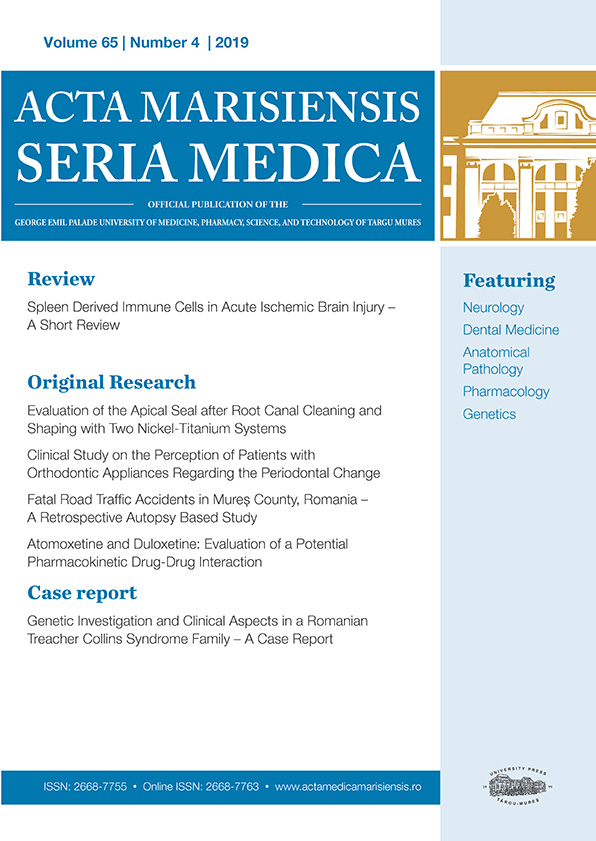The utility of MLPA in Familial Hypercholesterolemia diagnosis
Abstract
Objective
Familial Hypercholesterolemia (FH) is an inherited disease, associated with an increased risk of atherosclerosis, manifested clinically as premature coronary heart disease. FH is biochemically characterized by increased Cholesterol and Low-density Lipoprotein Cholesterol serum levels. The diagnosis is often made using clinical scores however, the definitive FH diagnosis should point out the underlying molecular change.
Methods
The study population consisted of 150 patients with premature coronary heart disease documented by angiography, all being under lipid-lowering therapy, and 20 apparently healthy controls. Serum lipids were assessed using the Cobas Integra 400 plus and commercial reagents. Copy number variations were evaluated with the SALSA MLPA Probemix P062 LDLR kit.
Results
Cholesterol, Triglycerides, and Low-density Lipoprotein Cholesterol showed no difference between patients and controls, while High-density Lipoprotein Cholesterol was significantly lower in the patients. No copy number variations were detected in the investigated regions, namely all 18 exons and the promoter region of the Low-Density Lipoprotein Receptor gene.
Conclusions
Even in the presence of negative results, the Familial Hypercholesterolemia genetic diagnosis has to be further pursued in the presence of a clinical diagnosis, as the identification of the molecular etiology may bring additional clinical and therapeutical benefits, as well as open the possibility for “cascade screening”.
Copyright (c) 2021 George Valeriu Moldovan, Adina Huțanu, Liliana Demian, Laszlo Hadadi, Bogdan Mănescu, Minodora Dobreanu

This work is licensed under a Creative Commons Attribution 4.0 International License.









